-
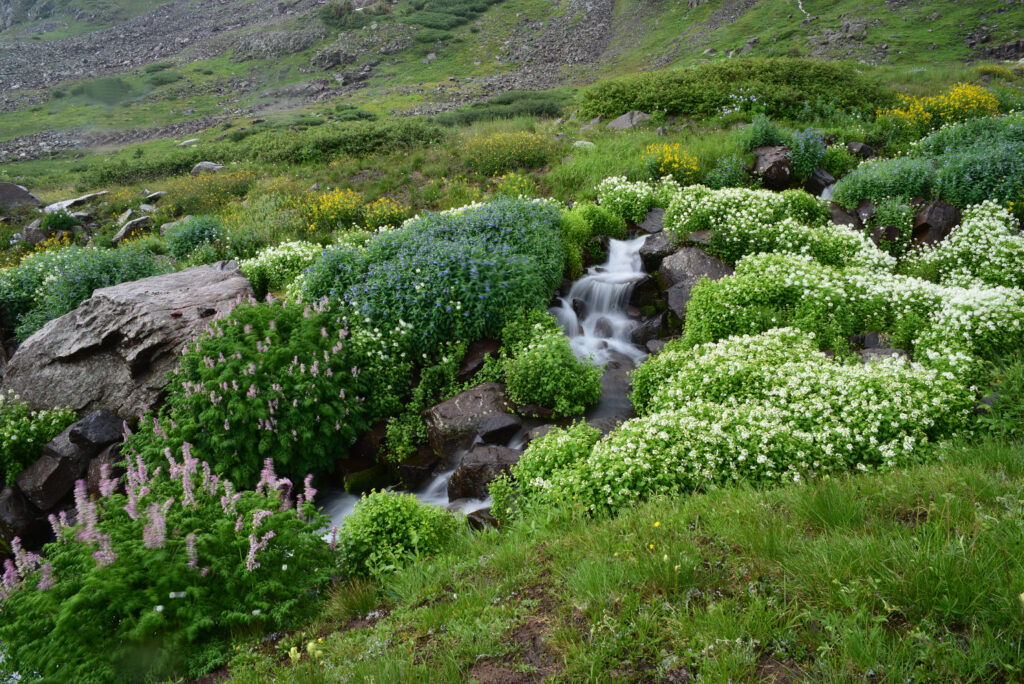
Rio Grande National Forest. / Ron Dungan America’s public lands
History
A short history of Yuma
The goldfields were calling – go west young fella, and Godspeed. And so men boarded ships or loaded horses and mules and followed various routes to get to California. One route followed the Gila River through jagged peaks and deep canyons, over hellfire desert with plants like razor wire, the horses spent, days hot, nights cold, Apaches in the hills, wondering what madness drove these fools. When the Gila emptied into the Colorado at Yuma these travelers would cross, then set out across the California dunes. Yuma was an experiment in laissez faire capitalism, or maybe anarchy, or human behavior, and it didn’t go well. Read more.
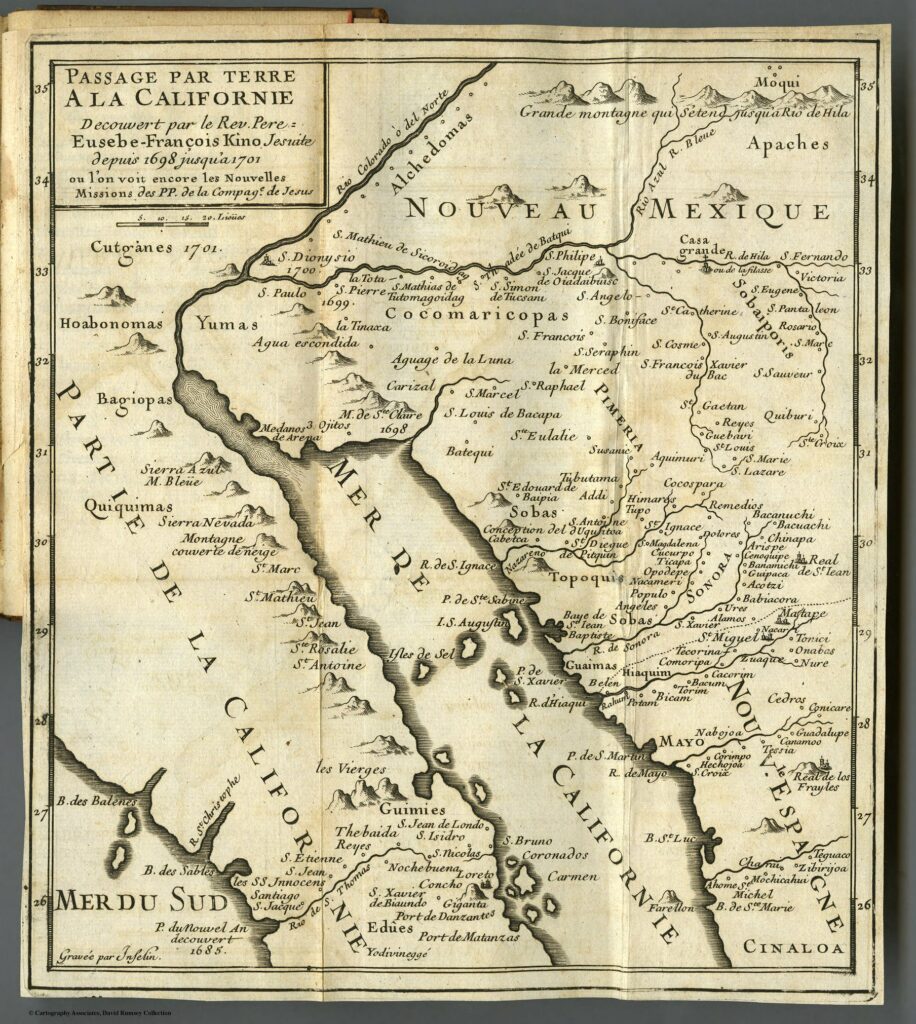
Why history matters, and why we are losing it
Arizona is losing its history.
Rats build nests in historic documents, old buildings sag and buckle, roofs leak and records blacken with mold. Collectors slip a few papers into their homes and looters plunder archeological sites. Historians and archivists say the problem is getting worse as budgets are slashed and as information is processed digitally, then deleted. Read more.
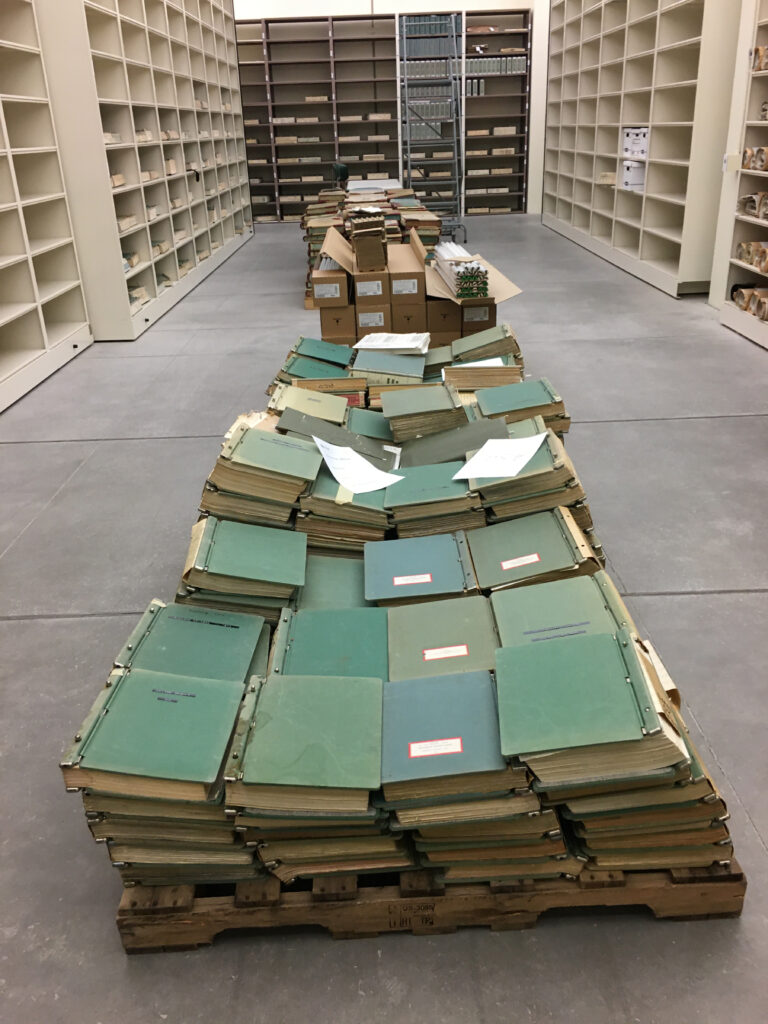
That mess we call history
Historians will lead you to believe it was all a misunderstanding. How the Americans, in their ignorance, failed to appreciate the differences between Apache bands, between raiding and warfare, how they had a tin ear for language and other cultures. The implication is that if only the Americans were not so stubborn, so unreasonable, so racist, things may have worked out differently. I don’t think there was a misunderstanding at all. Read more.
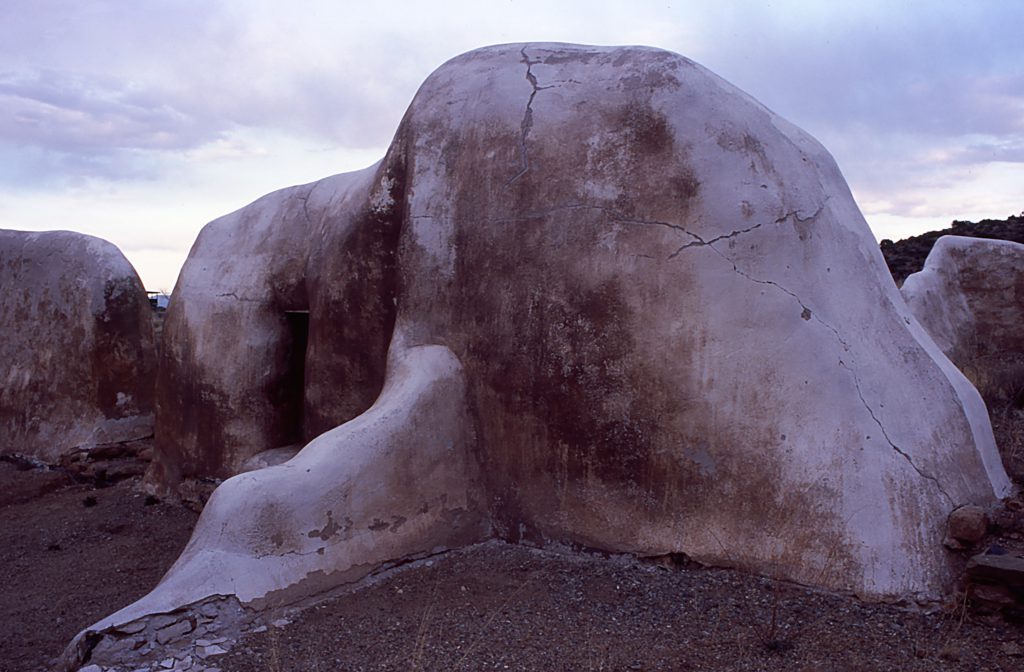
The red ghost
Word spread through the territory – a beast roamed the Arizona frontier, though each sighting was little more than a glimpse: A flash of red. Hooves and old bones. When a ranch woman was trampled to death at Eagle Creek, a witness described the creature: Red, tall, and ridden by a devil. It was 1883, and there were grizzly bears, wolves and jaguars in Arizona then, but this thing was different. Read more.
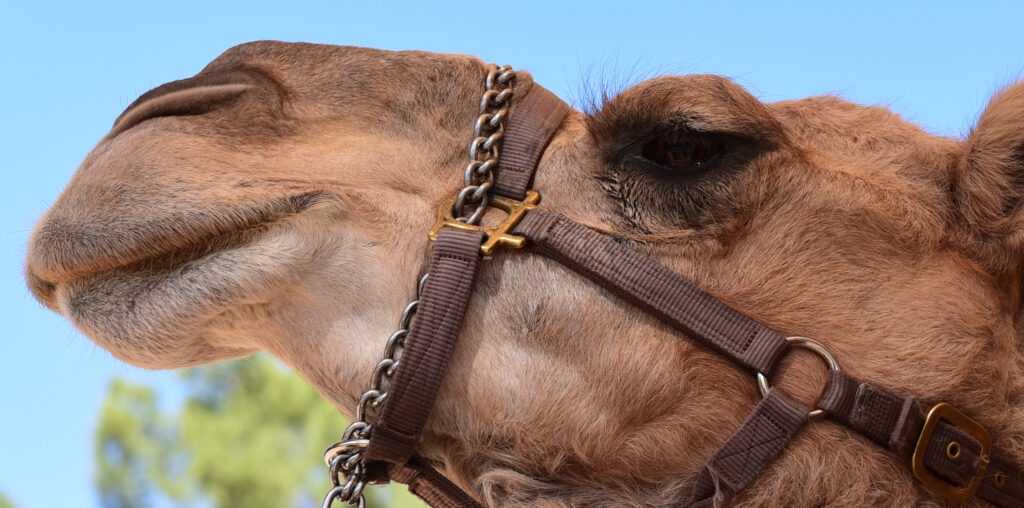
Ralph Cameron
Things never really change, do they? Take the Grand Canyon, for example. A century ago, the canyon looked much the same as it did today, with its red cliffs, its pink sunsets, its gathering storms, its grifters on the Rim, looking for a way to make a fast buck. Read more
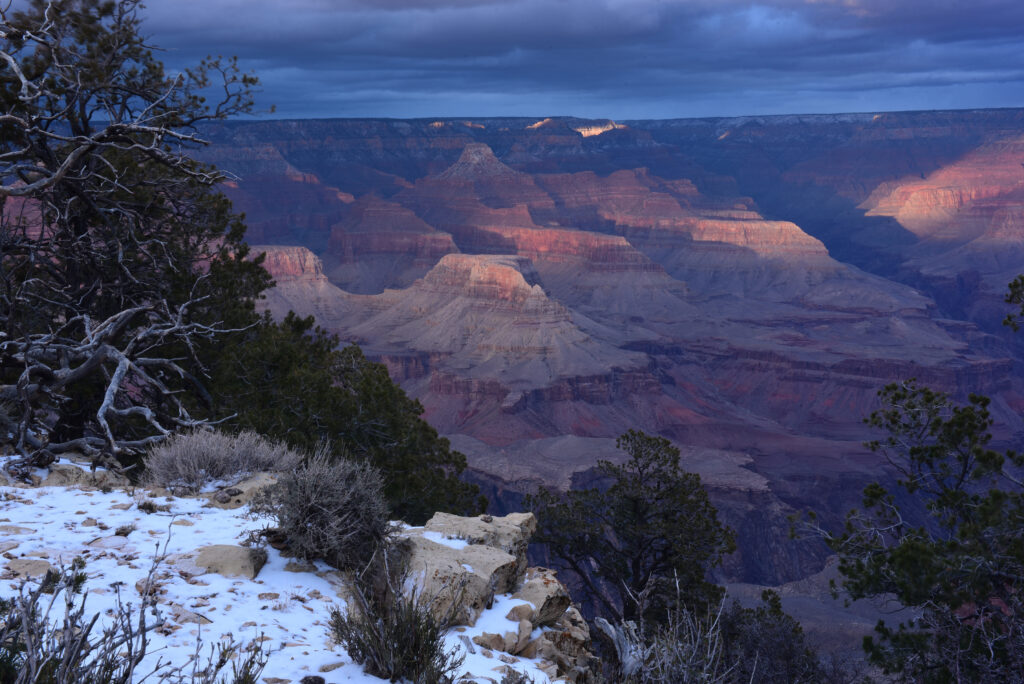
A short history of Jerome
Arizona’s mining towns frequently went up in flames
Jerome burned. And burned and burned. Three years in a row, the town burned, and merchants rebuilt the tents and shacks that sheltered saloons and cathouses. It was a mining town, where men dug furiously by day and drank away the night. Jerome ran on whiskey, dreams and laissez faire capitalism, a shining lie that has a certain appeal if you didn’t ask too many questions, but its limitations became clear each time the town burned. Read More.
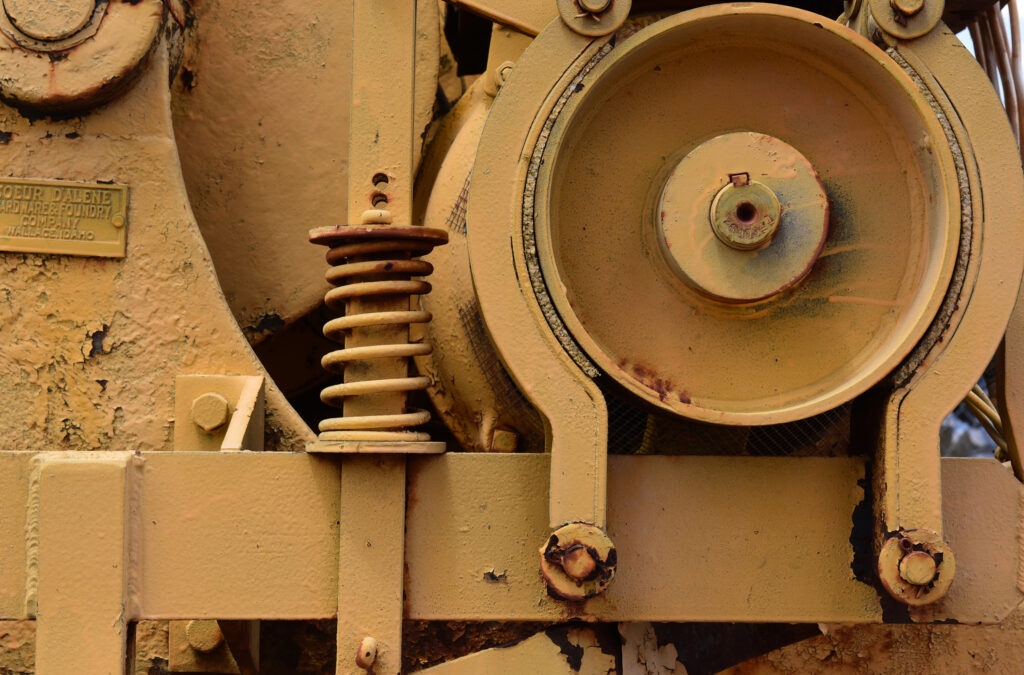
The border, a history
Everything was up for grabs. For three centuries, England, Spain and France sent soldiers, trappers and merchants to plant flags, move goods, build forts. They drew maps to mark territory, signed treaties abused the natives, but their hold on North America was weak. All that time, Americans had put down roots along the eastern seaboard, streamed over the Appalachian Mountains and settled the Ohio Valley until that, too, began to get crowded. Read more.
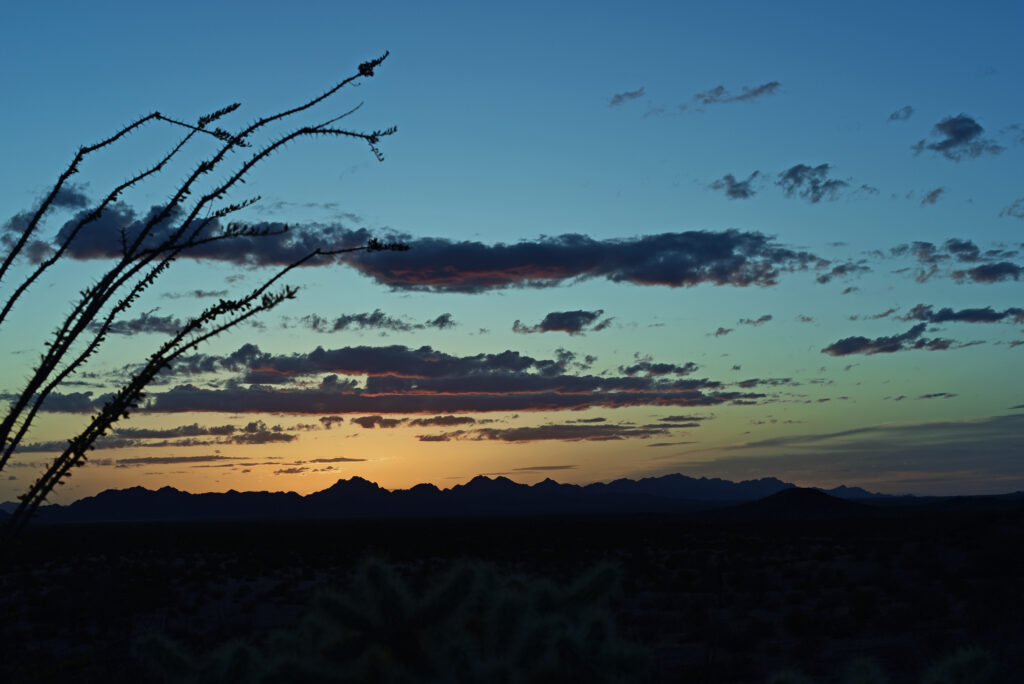
American wilderness
For four centuries, the continent never seemed to run out of anything. No matter where colonists built, or settlers plowed, or soldiers rode, or trappers roamed, there was something new to discover and exploit. Tribes were slaughtered, then domesticated, money changed hands and maps were redrawn. Mines played out but new ones were found. Timber grew in the uplands and there was good ground in the heartland. The land was a collection of resources, a thing to consume, but sometime in the late 19th century that we began to look in the rearview mirror at the American wilderness, the hills covered in bison, the tribes in control of their destinies – all of it gone. It was not until then that we began to consider limits. Read more
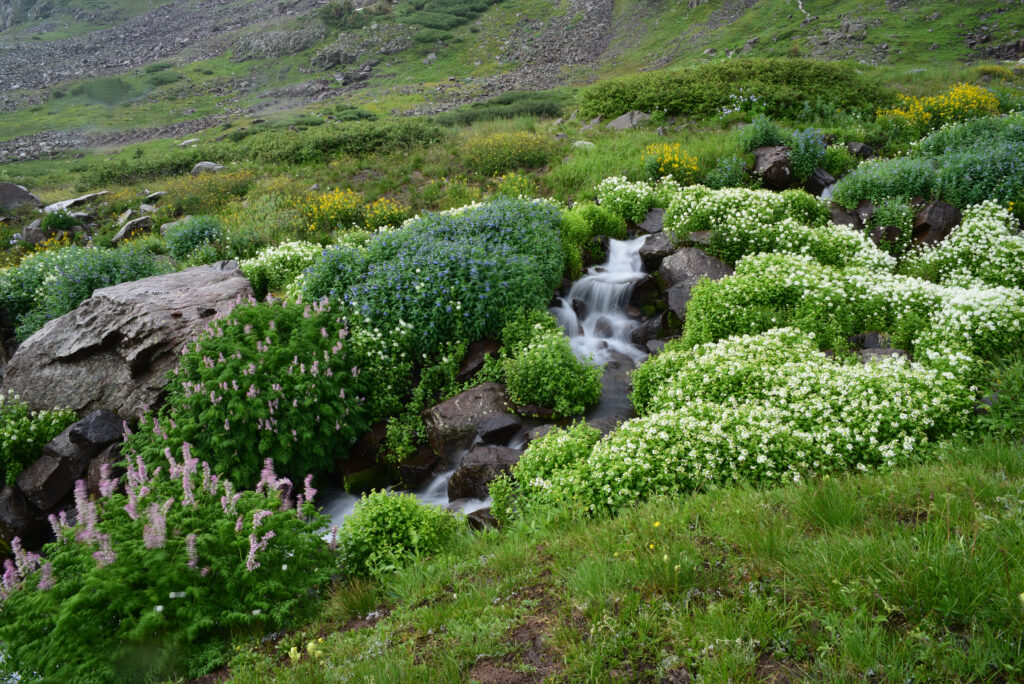
Wildfire in the West
Something is wrong – this was not in the brochure. The ponderosa ridgelines are rimmed with black and spindled pine. Spruce and fir trees drop their needles and stand dead or dying or ready to die, the mountains cloaked in grayish brown and brownish gray, not so much a color as an absence of color, a reminder that we live in dark times. Read More
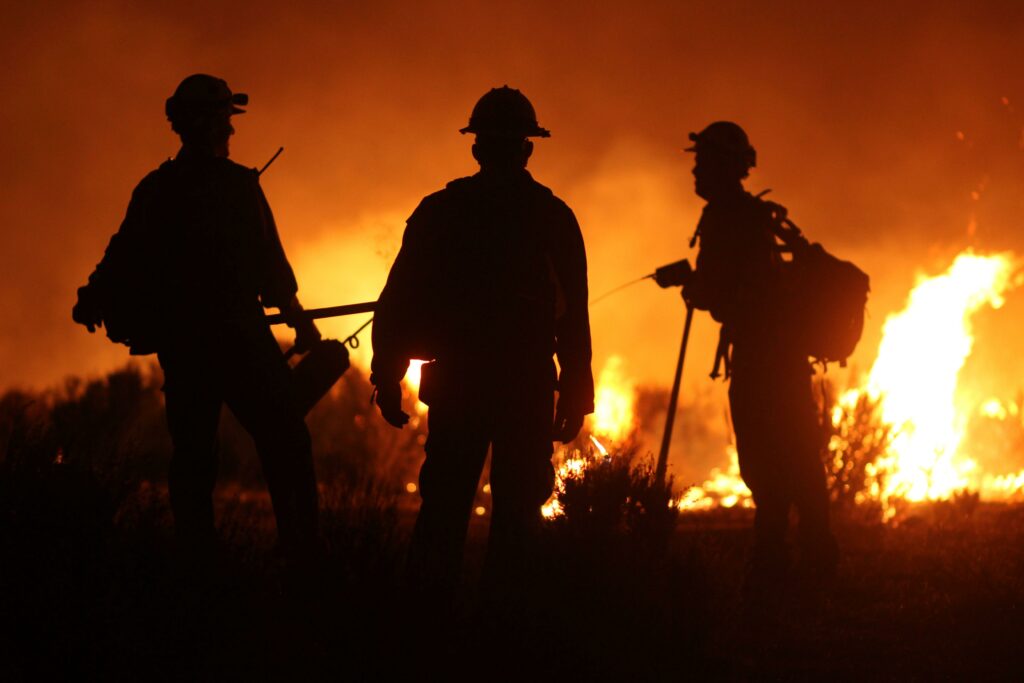
Hiking

Getting lost
A wind blew out of the canyon and scoured the slickrock. It bellowed and roared all day and into the night, slipping around corners and thrumming against the tent. I burrowed into my sleeping bag, curled up in a ball until the wind died and sleep came.
The following day a breeze swirled, the camp stove flashed, my footsteps pounded the slickrock and a rattlesnake buzzed at my feet. Sometime around sunset, the breeze stopped. I sat on a sandstone bench and looked out at the red hills, the blood orange sunset. When the last chattering bird fell silent, a deep silence followed, and I drank it in.
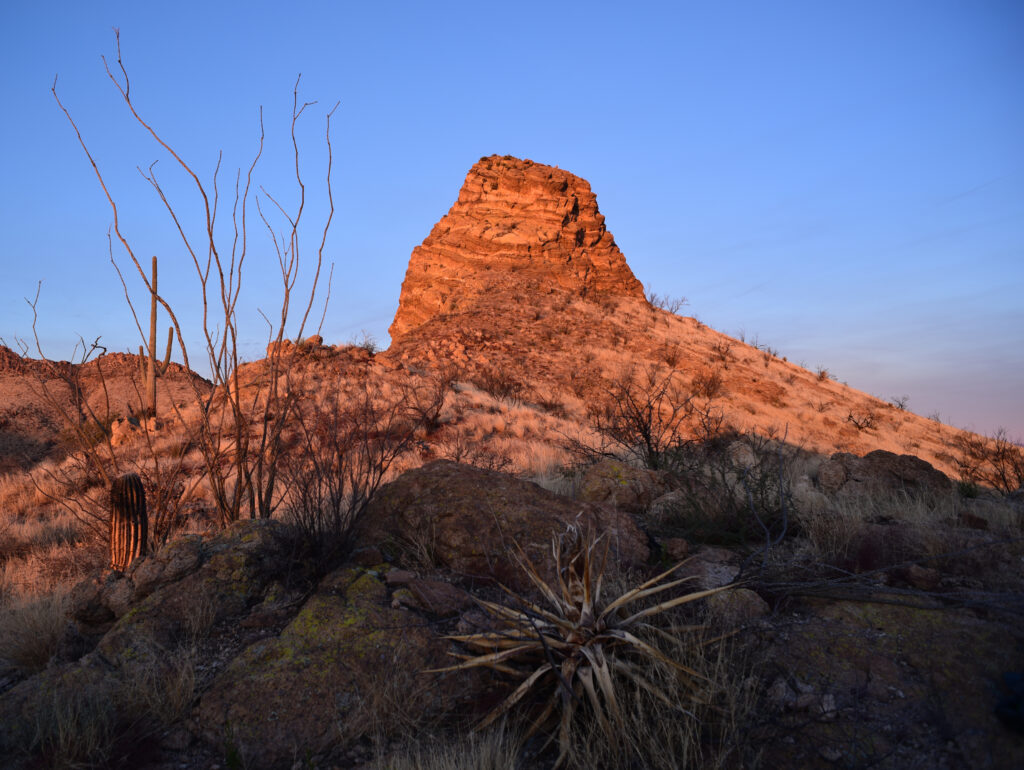
Hiking Alamo Canyon
A few things grab your attention when you hike the Alamo Passage of the Arizona Trail. The first is Picketpost Mountain – how it rises out of the Sonoran scrub and commands the view for about four miles as you move north to south.
The next thing that will grab your attention is damage from the Telegraph Fire. Read more.
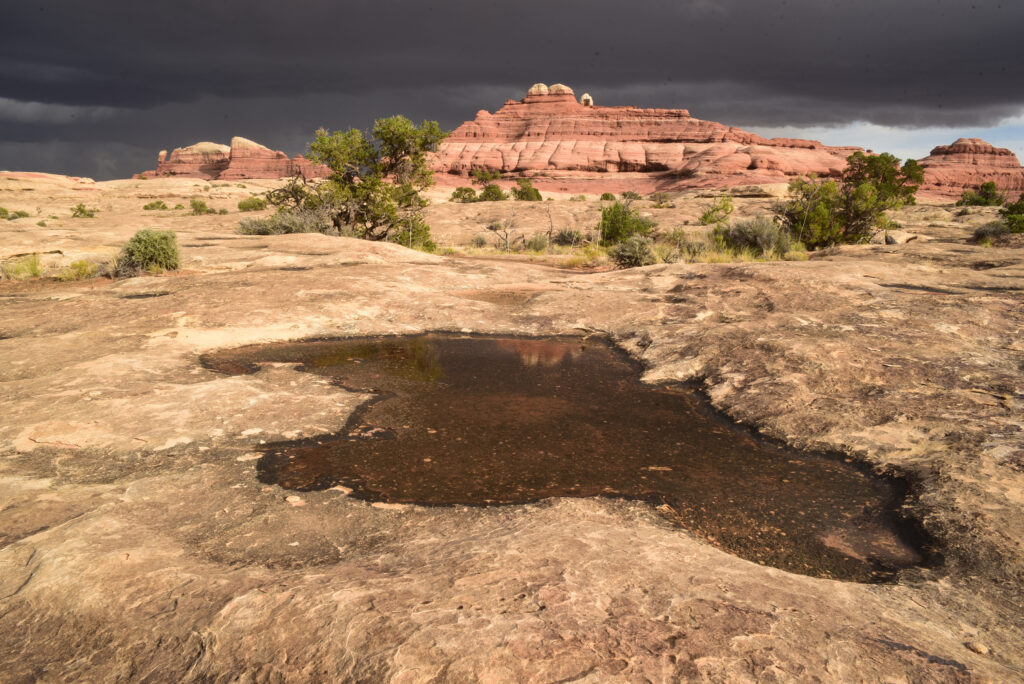
Hiking Wooden Shoe Canyon
Things change. Why, just a few months ago, you could hike Squaw Canyon in Canyonlands National Park, spend a night at SQ1 or SQ, connect with Lost Canyon or Big Spring Canyon for a nice loop, and come back with some great memories and a few swell photos. But things change, and the canyon is now called Wooden Shoe, the campsites WS1 and WS2, and we will speak the old name no more. You’ll be hiking Wooden Shoe Canyon, not that other place. Your old maps and the trail signs won’t match, but the canyon is the same, and the hike is the same, and it’s a good one. Read More.
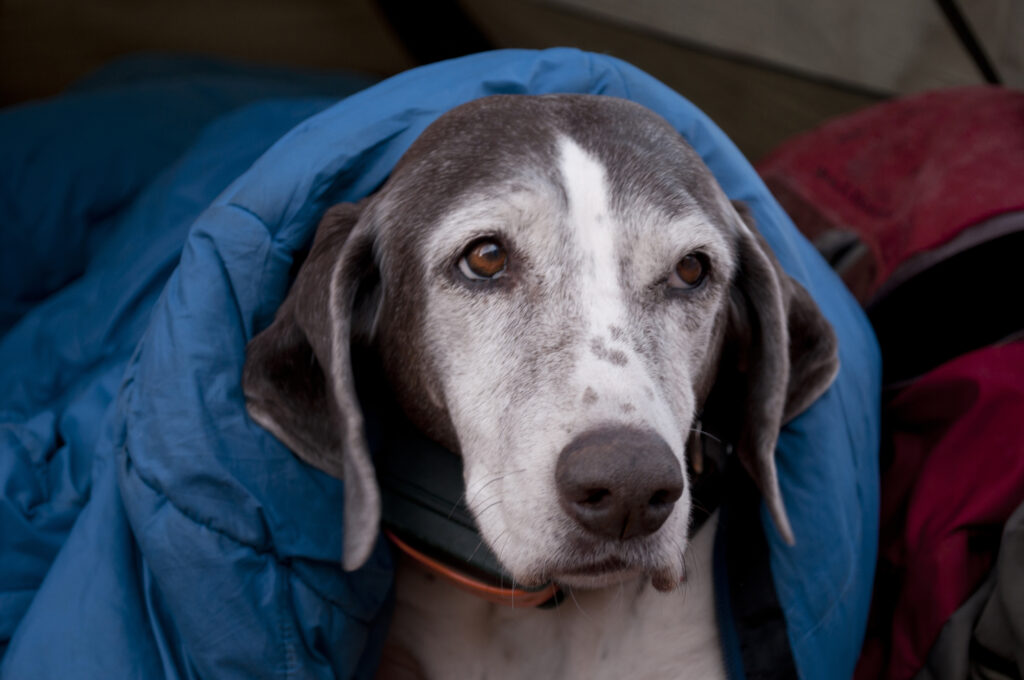
Old dog, new trails
The Happy Jack passage runs about 29.5 miles from end to end in Coconino National Forest, and I imagine there are hundreds, perhaps thousands of hikers who have done it from top to bottom in one shot.
I am not one of those hikers. I am lazy and unfocused. Also, when I did this passage, I had an old dog, who couldn’t do more than a mile of flat ground a day. So one summer I started to chip away at this passage in the pines, bit by bit, starting in the northern sections and working my way south in a series of slackpacks. Read more.
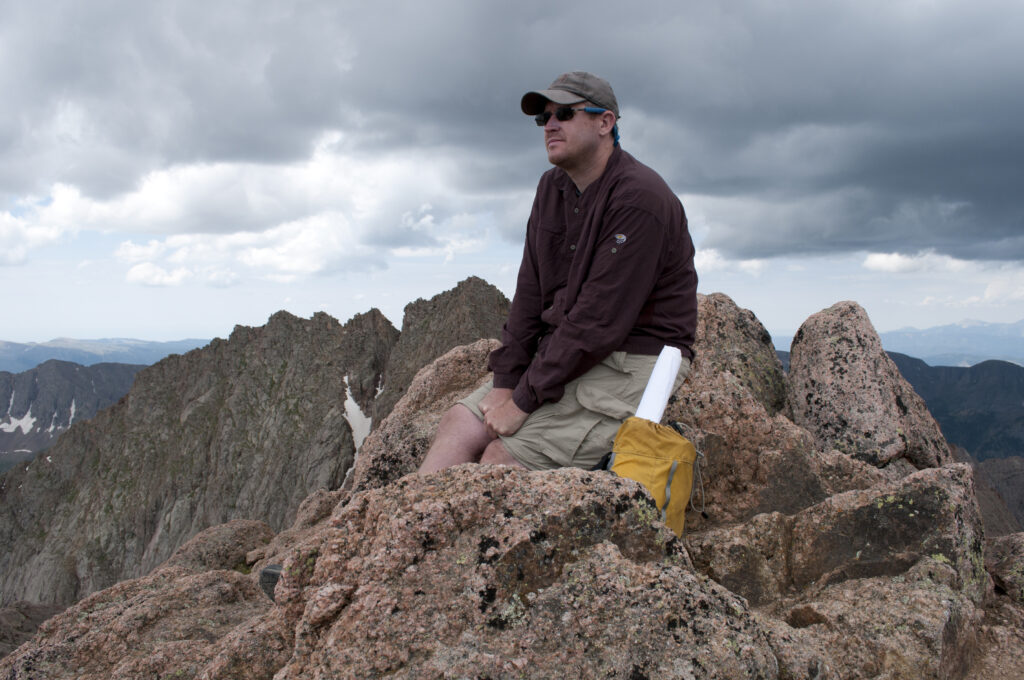
Vallecito Creek
We hoisted big packs and tottered upstream, the day sunny, our brains foggy with the flotsam of a night spent in a Durango brewpub. Vallecito Creek offers a back door to Chicago Basin, where you’ll find some of the coolest peaks in southern Colorado. Read more.
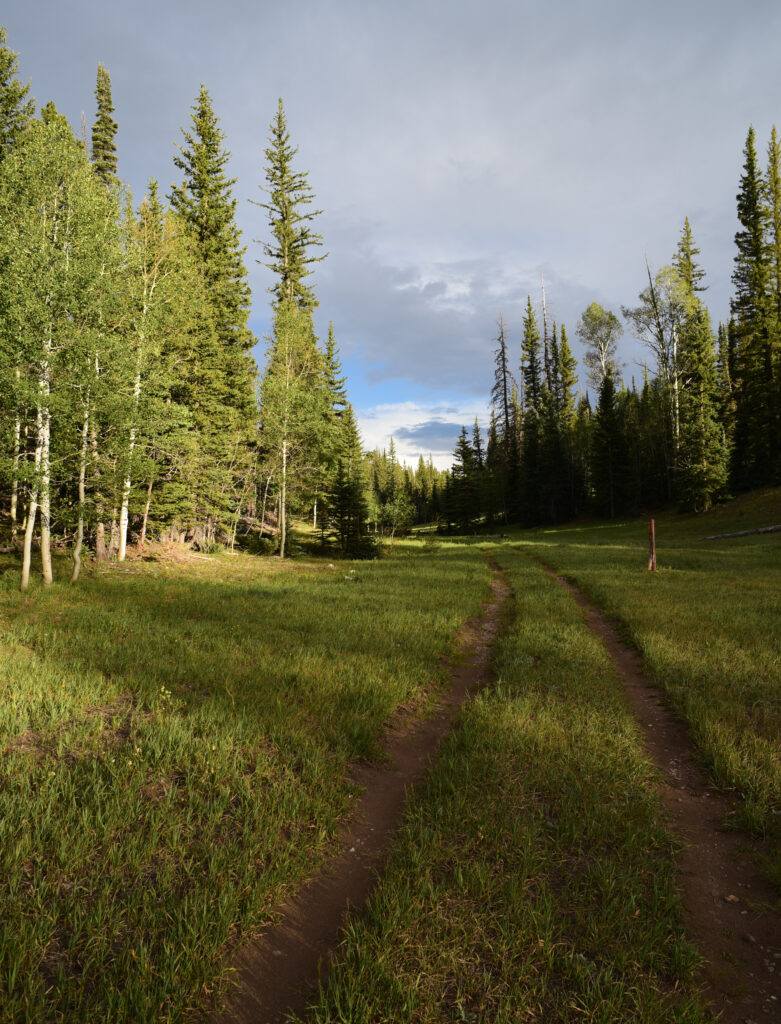
Arizona Trail, Kaibab Plateau
The Kaibab Plateau sneaks up on you. A few sections of the Arizona Trail cut across its eastern flank, through big country that sticks to your memory and gets under your skin. There are some gorgeous walks up there. The trail cuts through timber and meadow, though aspen glens and evergreen clusters, mile after mile. Head north and it breaks and drops into sage and then on the Utah border. Head south and you’ll end up at Grand Canyon’s North Rim. Read more.
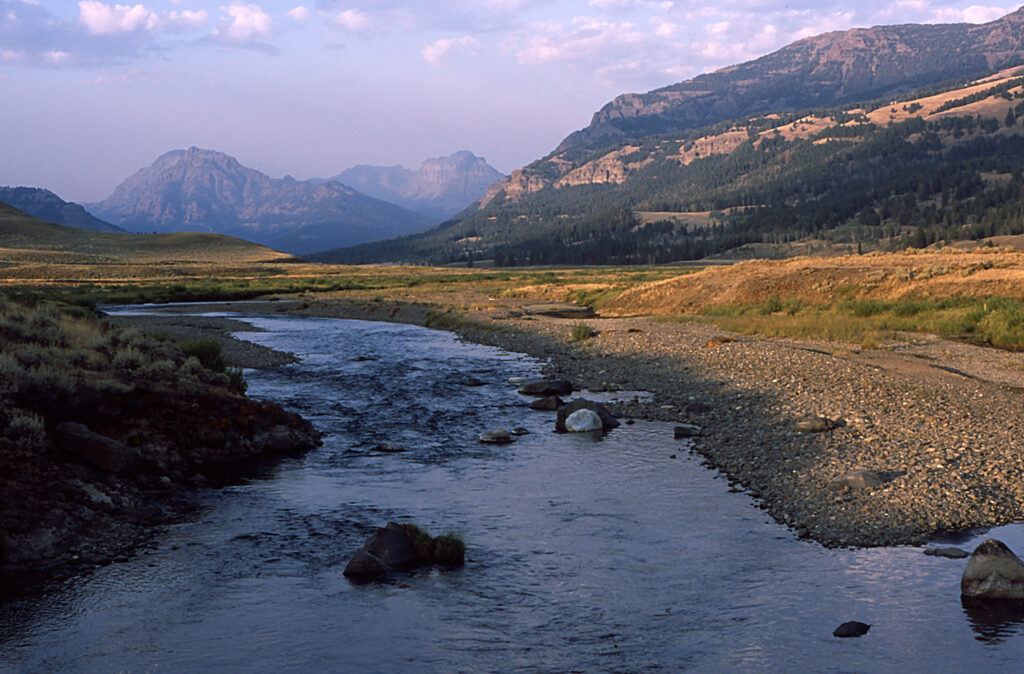
Hiking Elk Creek
The best policy is to keep walking. The fishing at Elk Creek ranges from so-so to pretty darn good, and the scenery keeps getting better as the creek climbs and loops through wood and meadow. The aspens flutter and the air is thin as you climb, but the views are worth it: Keep walking. Read more.
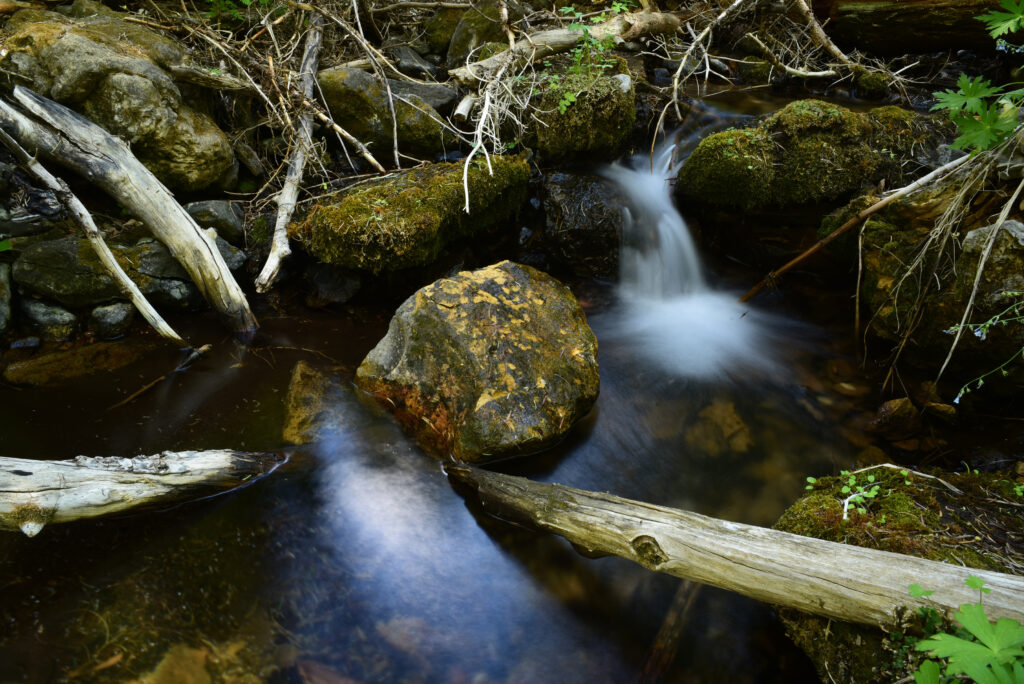
Saddle Mountain Wilderness
Saddle Mountain Wilderness is home to a small population of Apache trout. The fish are small and skittish, and the casting windows range from tight to impossible. Unless you enjoy nettles, snags and fishless days, leave the fly rod in the truck. This is a place to hike. Read more.
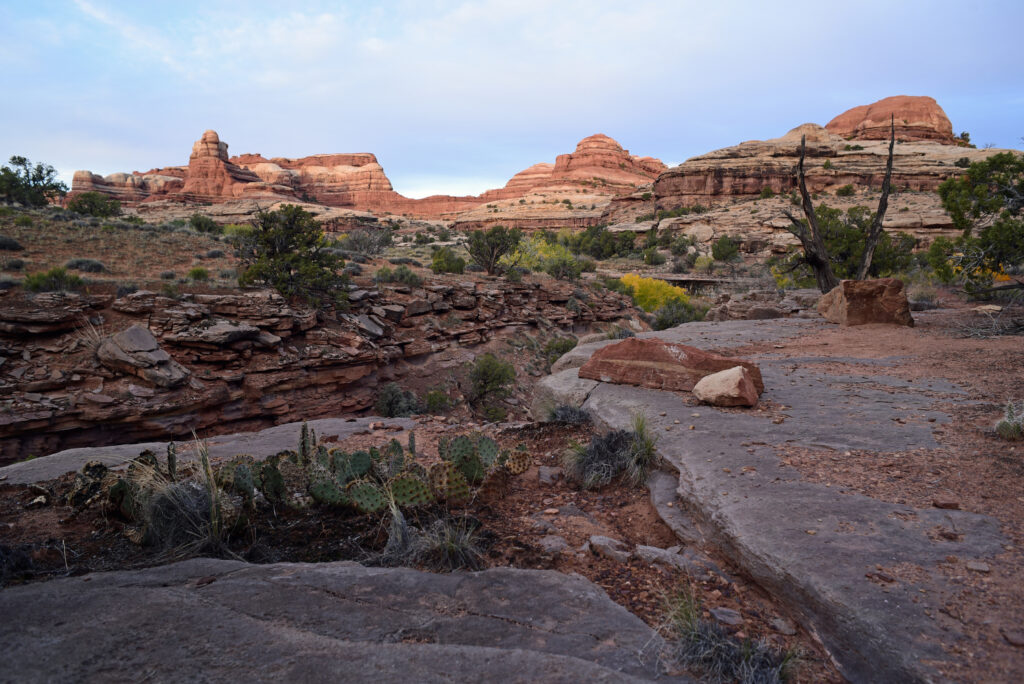
Canyonlands National Park
A walk on the wild side
I don’t know what I can tell you, other than don’t go, or think about it, or, take a friend and make sure you stop frequently for a map check. Getting turned around in The Maze is easy to do, and it’s not much fun. Trails are few and hard to follow. Water is scarce. The Maze District is a remote section of Canyonlands National Park where every canyon leads to some other canyon, and some other canyon after that. Read more
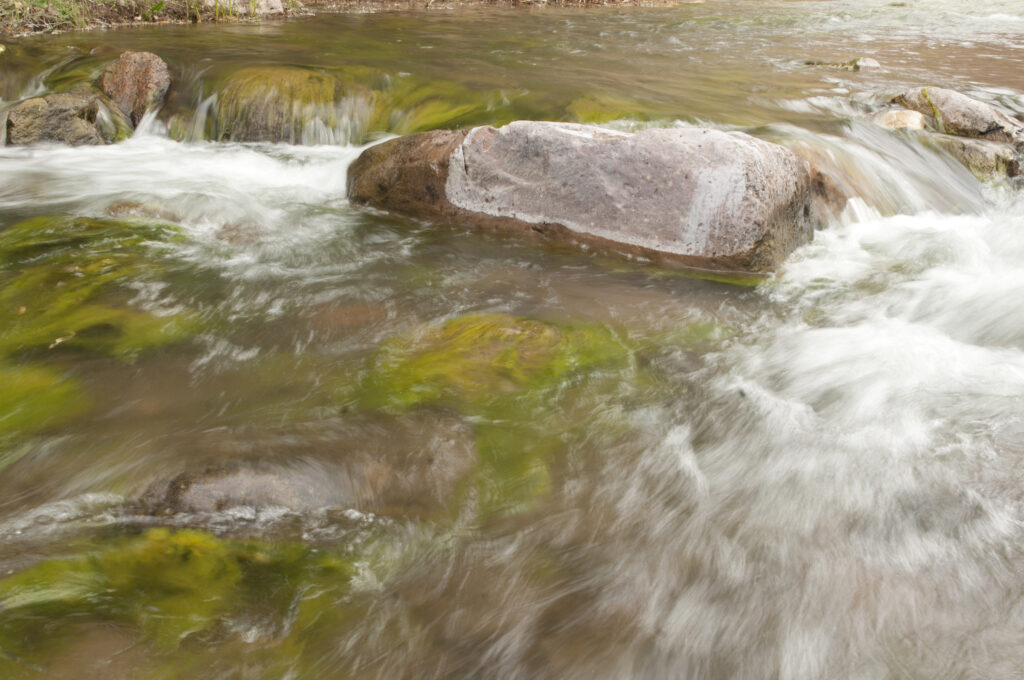
Hiking Aravaipa Canyon
Eddie thought we were crazy. He thought that all that wading on a cold day would end in disaster once the sun went down, but we didn’t listen. The canyon was calling.
The forecast called for colder and getting colder, clear to partly hypothermic at night. It was December, and someone, I think it was Jason, had a permit for Aravaipa Canyon. Read more
Hiking Soap Creek
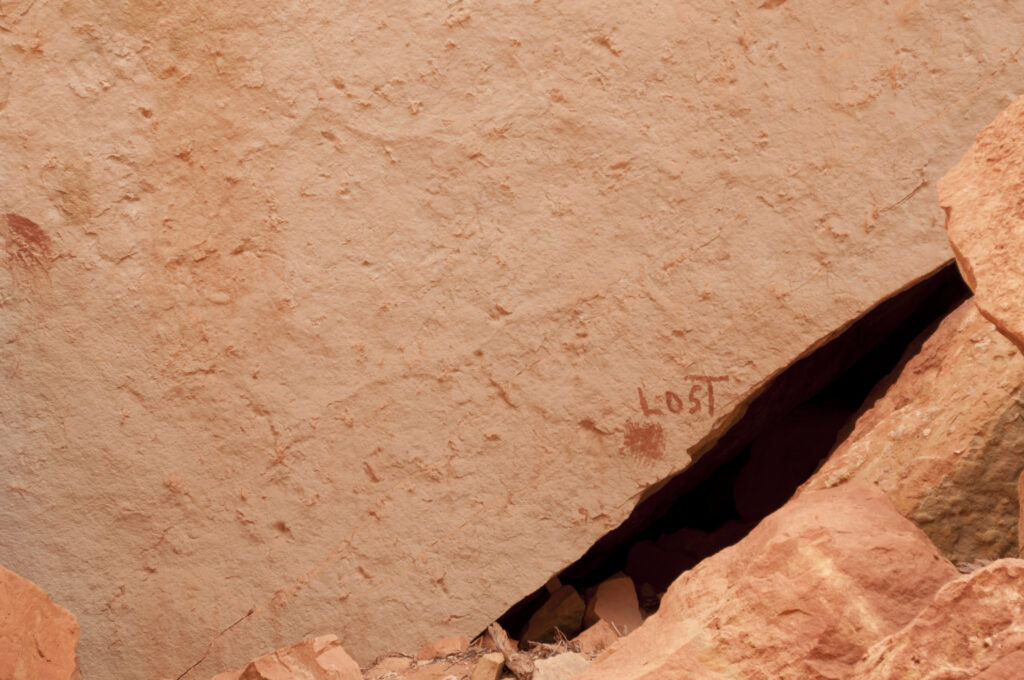
Decades ago, I backpacked into a place Soap Creek, tributary of the Colorado River in northern Arizona. It’s possible that just about everything about our trip was illegal – our dogs, our campfire on the beach, our feasting like Viking lords on a fat rainbow trout, howling at the moon. We did not have a permit.
The local fishing guides who put us onto the place were short on details. They said something about shimmying down a rope ladder, but nothing about permits. So we went, took advantage of the campfire ring that was already there and nature’s bounty. It is possible that all of this rogue woodcraft was legal back then. I have no idea. Read more
Follow me on Facebook